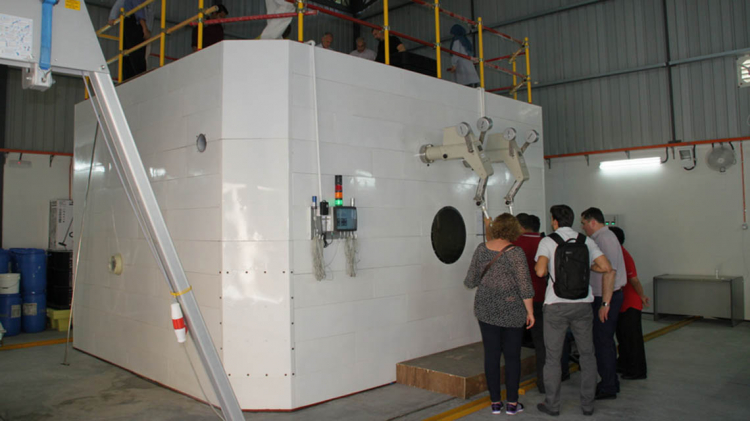Over 30 participants from 22 Member States participating in an IAEA interregional technical cooperation project[1], Sustaining Cradle-to-Grave Control of Radioactive Sources, have met in Kuala Lumpur, Malaysia, for a project coordination meeting from 16 to 20 October 2017.
Sealed radioactive sources are used worldwide in areas such as health, research, industry and agriculture. When one of these sources is no longer used and is not intended to be used again for its purpose, it is classified as disused (DSRS). Disused sources that are not controlled, improperly managed or left unprotected create a safety risk which could lead to radiological incidents.
The meeting in Kuala Lumpur contributed as part of a series of IAEA technical cooperation activities to the establishment of a cradle-to-grave (C2G) management system that follows international IAEA safety standards. The C2G approach to managing DSRS comprehensively covers all relevant regulatory and operational aspects, and includes a clearly defined strategy for the end-of-life management of DSRS. A C2G management system ensures the safe and secure control of sealed radioactive sources throughout their lifecycle, and prevents sources from falling out of regulatory control and becoming ‘orphan’ sources.







